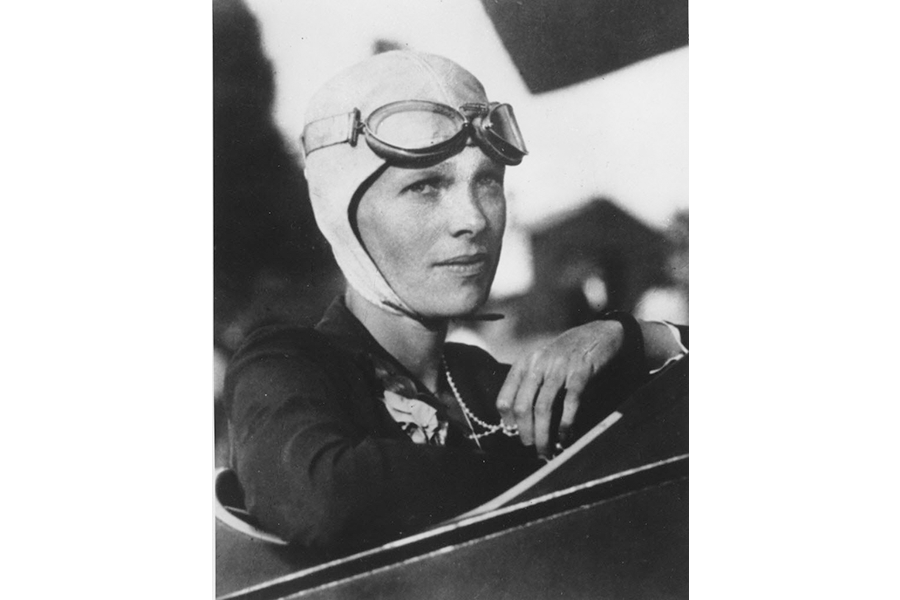Did Amelia Earhart really die as a Pacific Island castaway?
Loading...
A new discovery could lend evidence to the theory that lost pilot Amelia Earhart died as a castaway some time after safely landing her plane near an Island in the Pacific Ocean.
Ms. Earhart rose to fame after becoming the first woman to successfully fly across the Atlantic Ocean. She disappeared just a few years later in 1937 while trying to circumnavigate the globe. Some wonder if she crashed and sank with her aircraft in the ocean, or even if she was abducted by Japanese spies.
Without conclusive evidence, the mystery surrounding her disappearance has plagued historians, who have searched for new clues that could unveil what happened to one of America’s most endearing sweethearts and daring women of the 20th century.
While nearly 80 years passed with scarce clues into Earhart’s fate, a revelation last month supported the theory that she safely landed her plane on a remote Island in the Pacific Ocean. Researchers determined that she had attempted to radio call for help nearly 100 times between July 2 and July 4, something that would have been impossible without her plane’s engine working. Last week, forensic specialist Jeff Glickman made another conclusion supporting that theory: skeletal remains found in 1940 on an island in Kiritabti may have belonged to Earhart.
The remains were recovered in 1940 from Gardner Island, which lies about 400 miles south from Howland Island, the area near which historians believe Earhart’s plane went down. At the time, an examiner believed they belonged to a man and dismissed any theories that they were the skeleton of Earhart, but taking a closer look, experts say that ruling could have been premature.
In 1998, The International Group for Historic Aircraft Recovery (TIGHAR) reviewed the remains through a photo, concluding that they likely did belong to a woman – one with arms much longer than average for her body type.
Mr. Glickman used a photo of Earhart in which most of her bare arms were visible to estimate the length of her limbs, concluding that the measurements of her arms showed they were longer than average.
“Given the evidence and my experience in the field of photogrammetry and photointerpretation, I estimate that the radius-to-humerus ratio of Amelia Earhart in Figure 5 is 0.76,” or, nearly that of the skeletal remains unearthed more than 70 years ago, according to Glickman.
While the forensic evidence can’t say for certain what happened to Earhart and her navigator, Frederick Noonan, the idea that she died as a castaway is gaining evidence to support it, including the discovery two years ago of a piece of metal believed to have come her plane in the area.
TIGHAR plans to return to the area where Earhart disappeared next summer, which will be the 80th anniversary of her disappearance. They’ve scoured the area before without luck, but plan to take submarines on the search expedition in the hope of recovering her plane and chipping away at another layer to the mystery.








